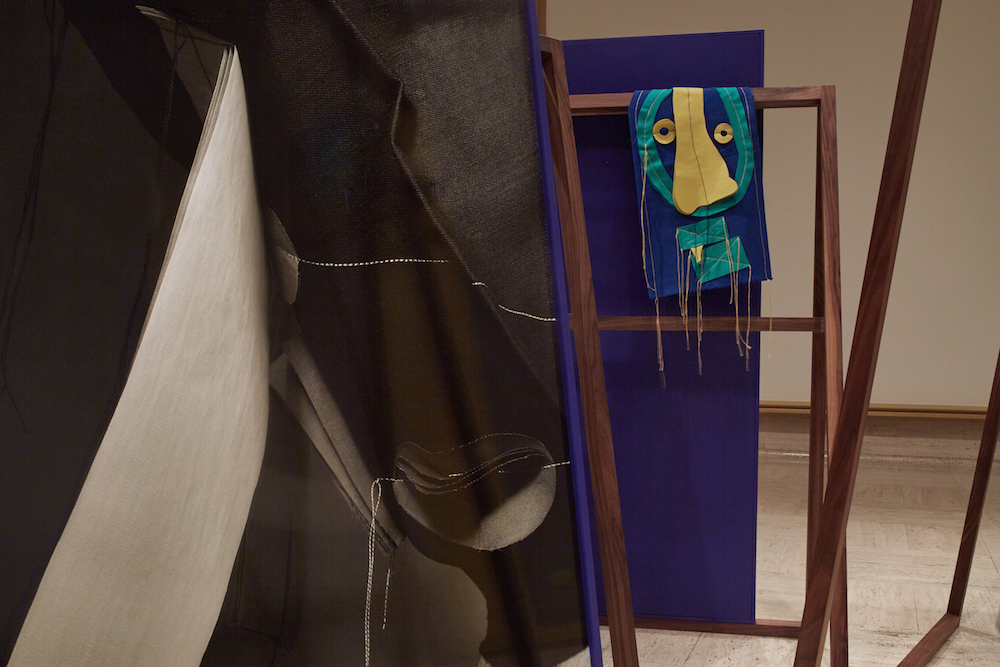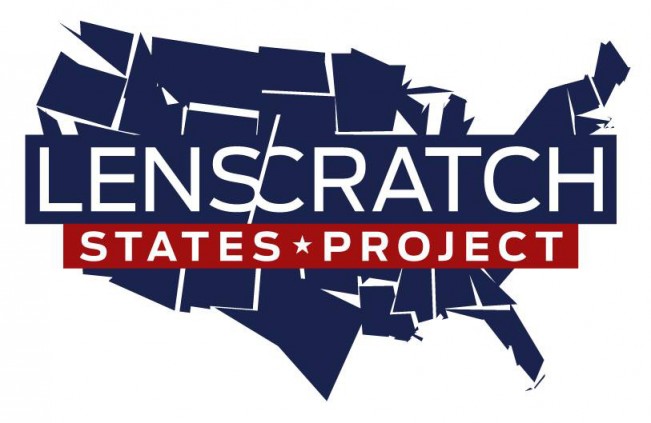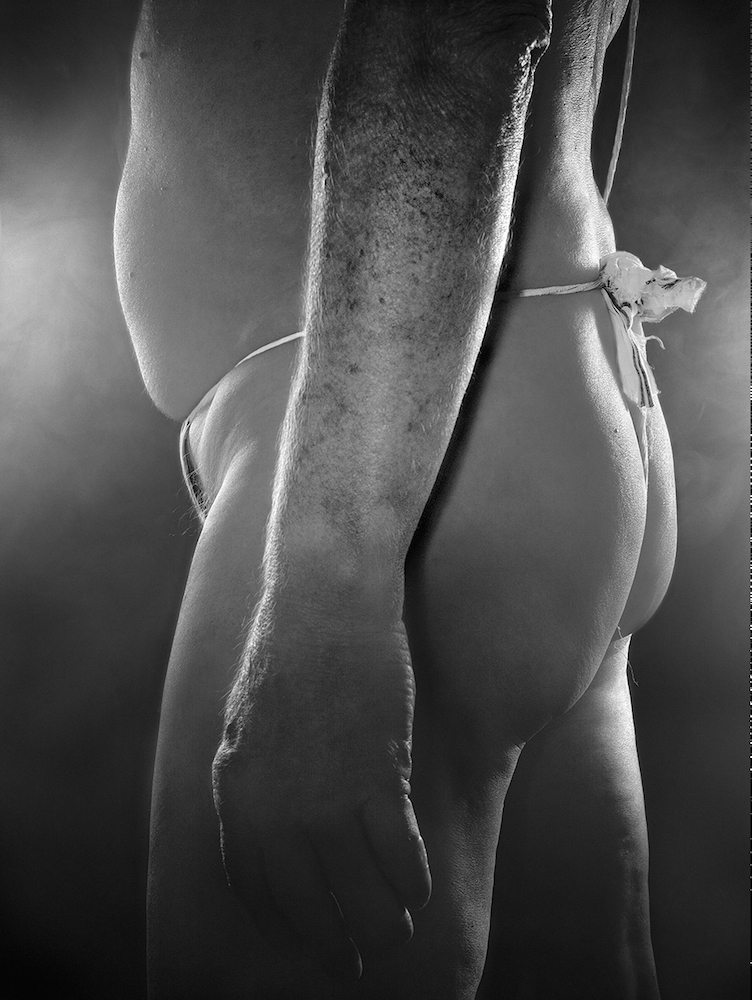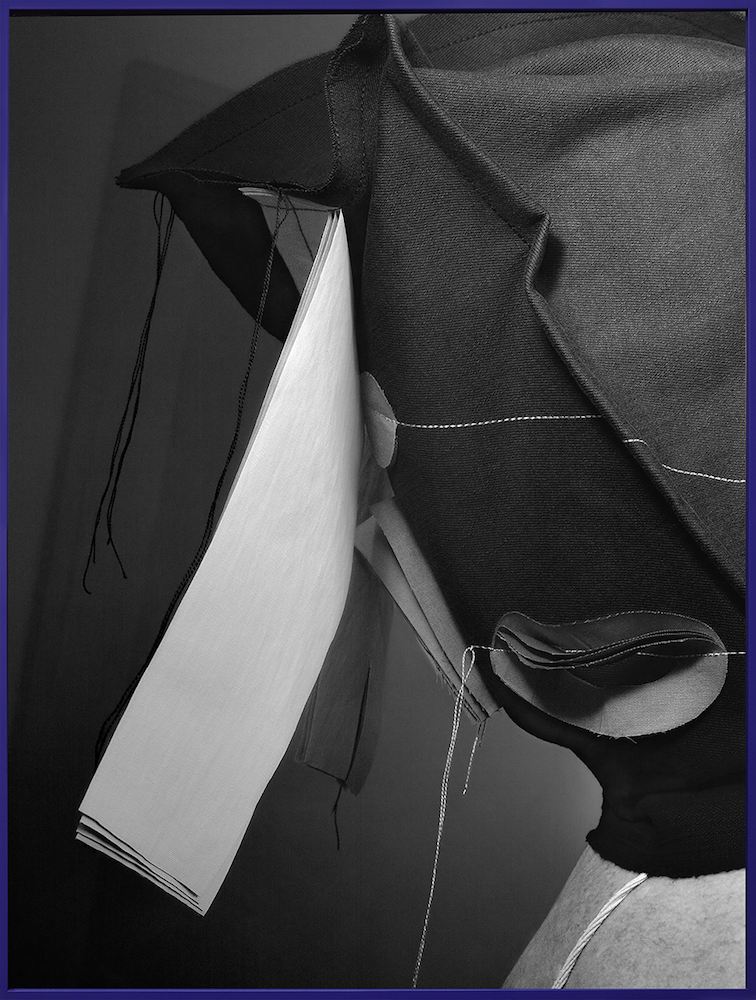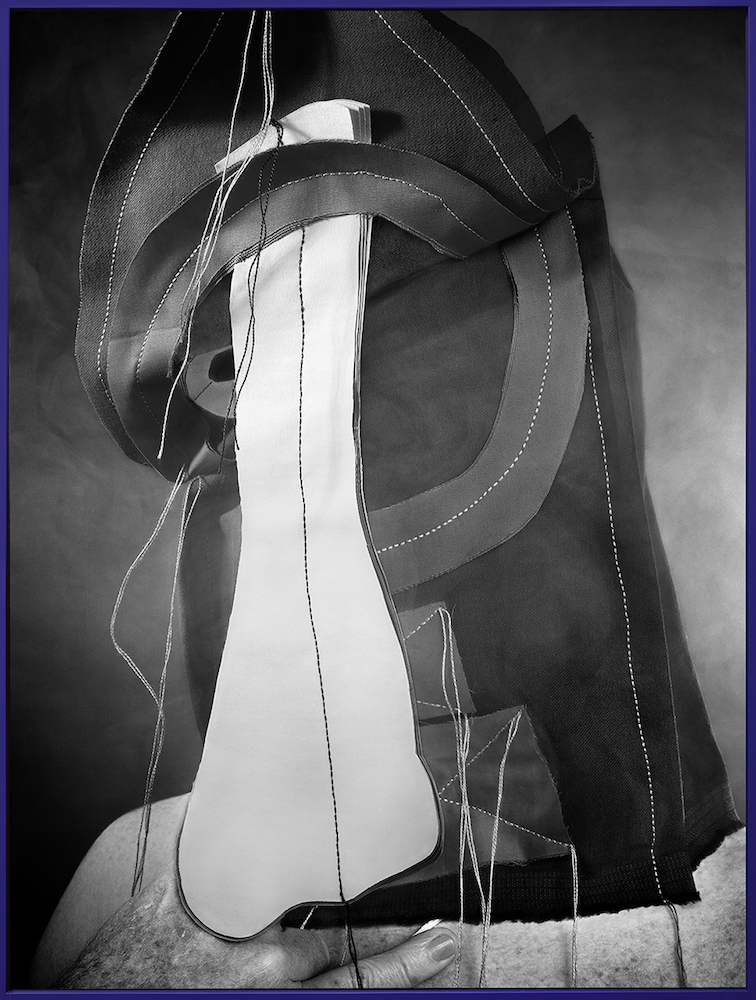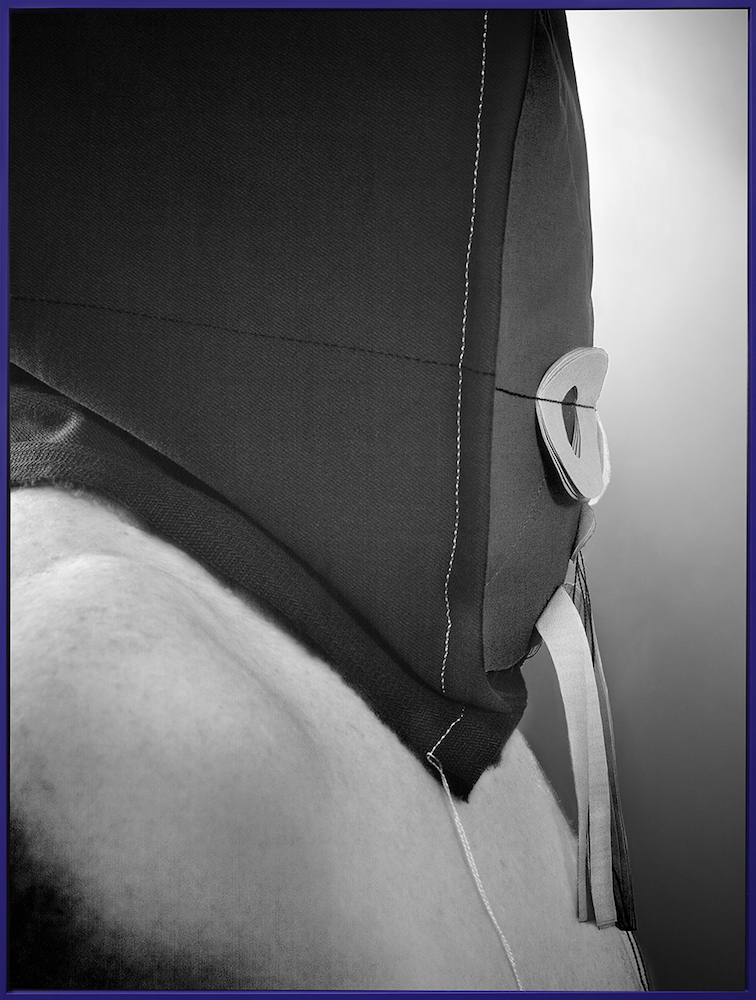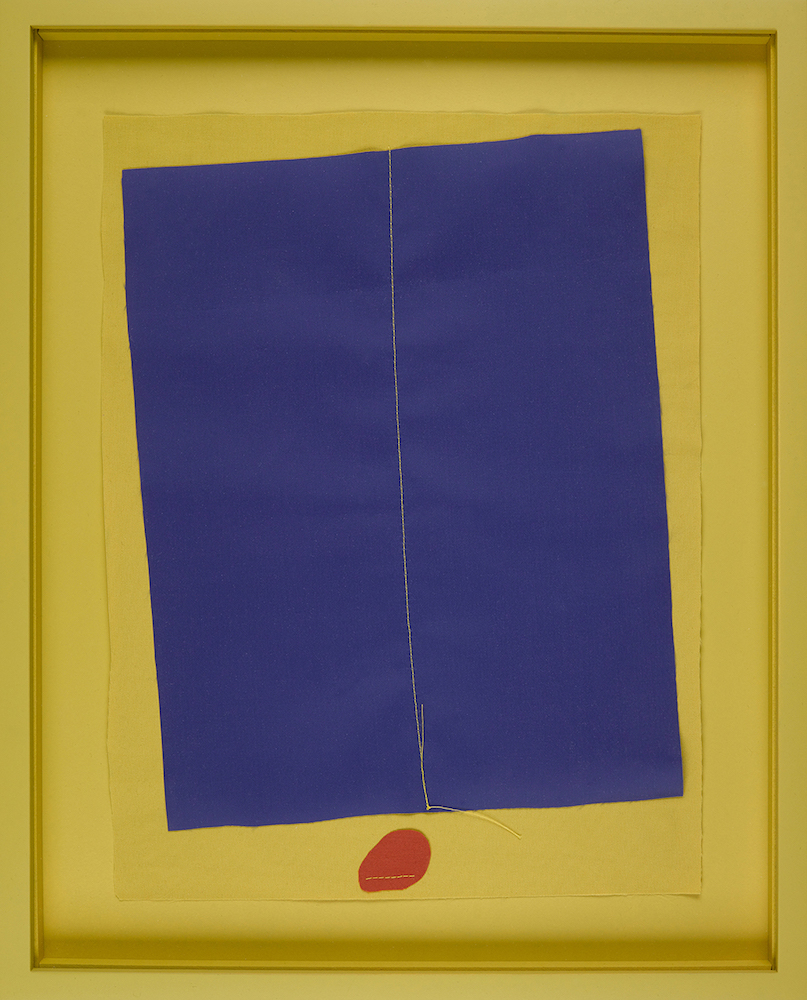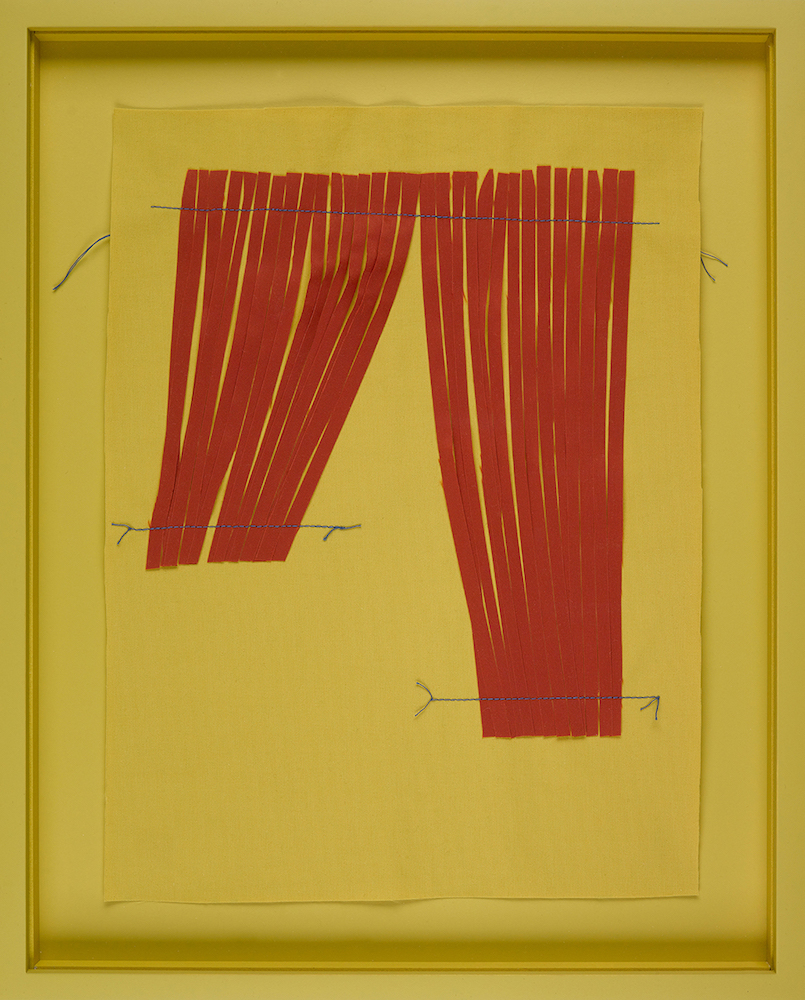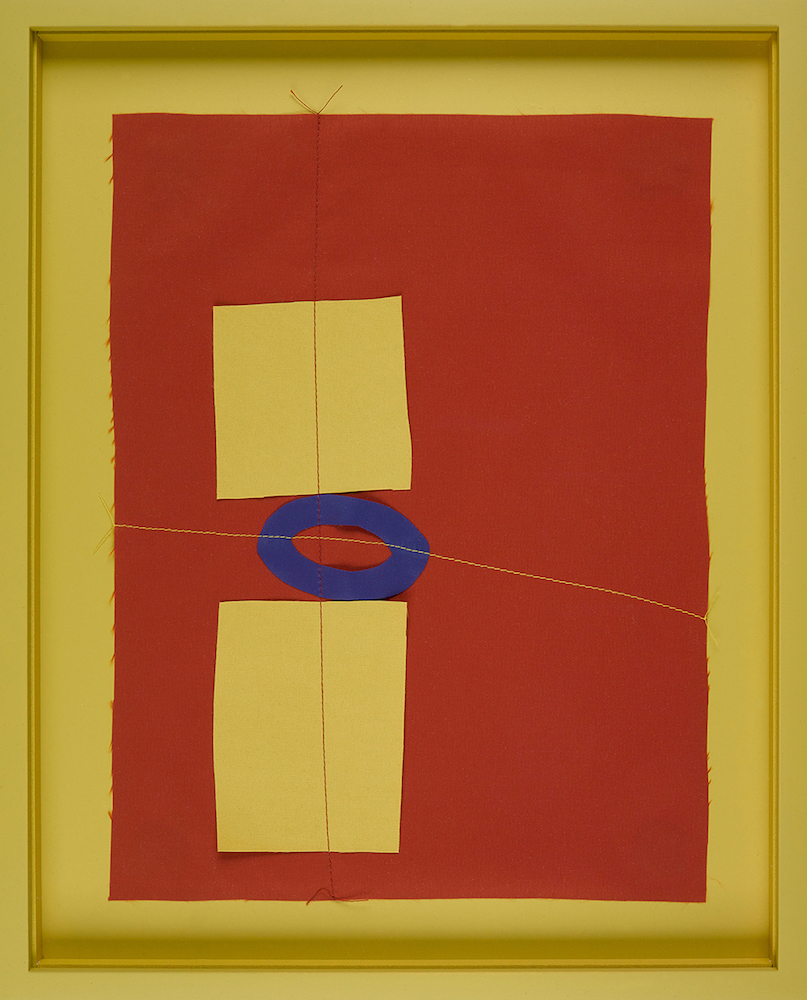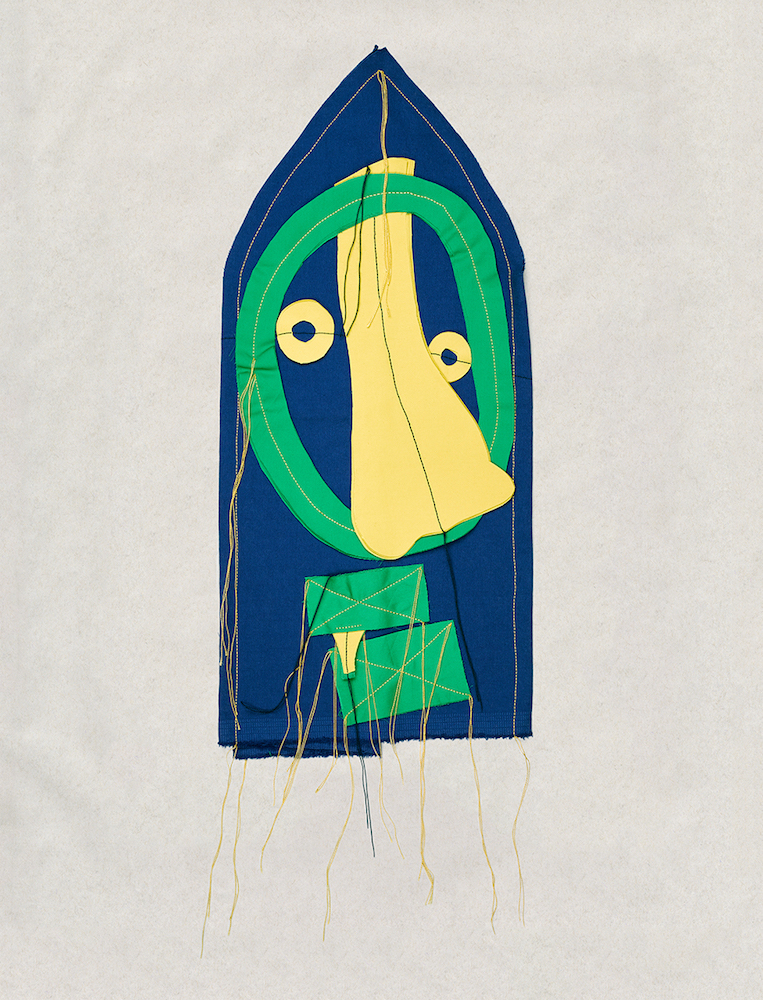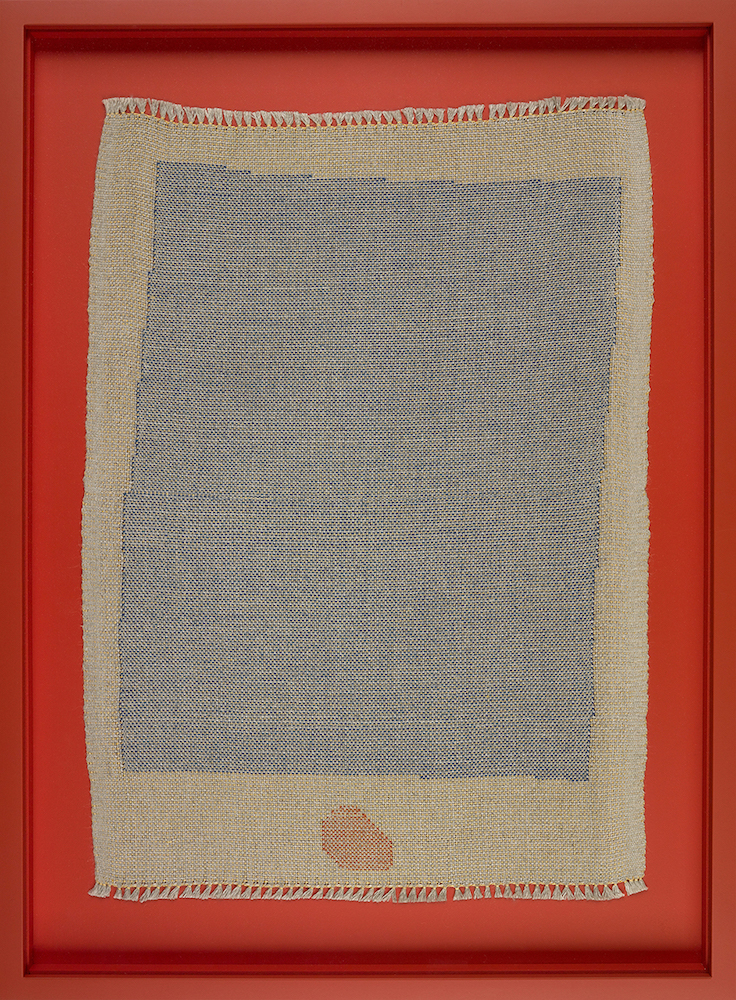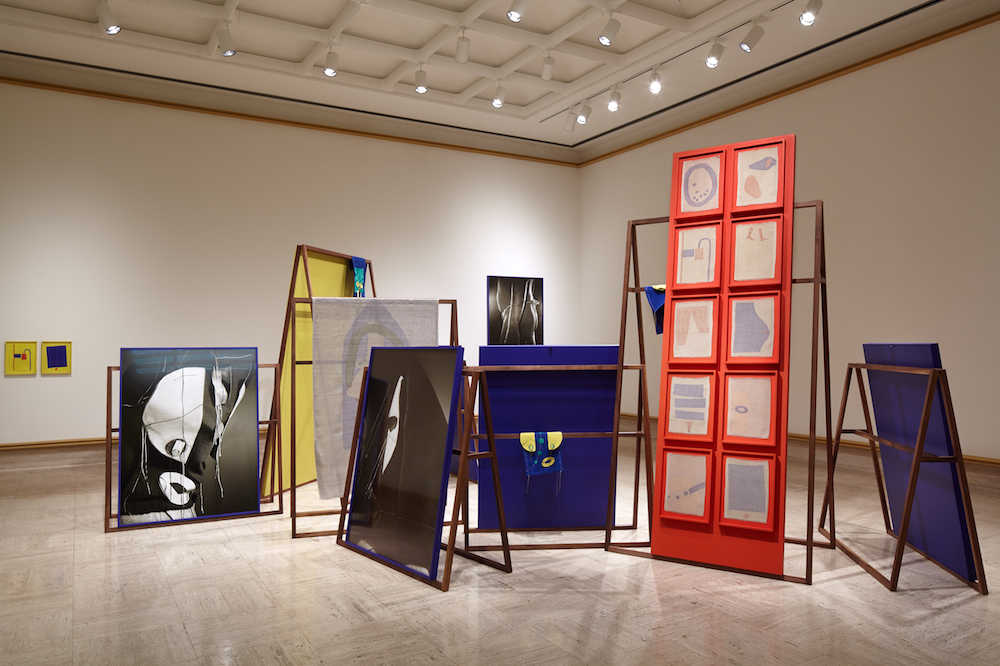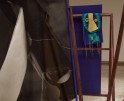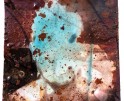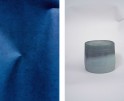Liz Cohen: The States Project: Michigan
Liz Cohen is a photographer and performance artist whose work spans and manipulates the divisions between image, identity, and life. She is best known for the subversive project Bodywork, in which she transformed an aging East German Trabant into an American El Camino low-rider, and herself into a car customizer and bikini model. Her current project, Him, is an allusive and performative collaboration with the poet Eric Crosley, who identifies as a eunuch. Cohen is currently Artist-in-Residence and Head of the Photography Department at Cranbrook Academy of Art.
Him
This is the poetry, my friends, of painted fingernails and panty hose of jockey shorts and naked genitals…. This is the poetry of loneliness, of longing for a lover, of anger at the status quo of fear…. This is the poetry of insanity, of numbness, boredom, meanness…. This is a little song of our human frailty. – excerpts from Grey Song (for Richard Hugo) by Eric Crosley
Meditating on my experiences with the poet Eric Crosley, and thinking about the dynamics between ostracism (rejection) and self-determination, I embarked on a series of works where both Eric and I recede as feelings come forward. Eric Crosley describes himself as a eunuch. Perhaps his poetic stance is a resistance to over definition—a refusal to be boxed in. Uninterested in destinations, he exists and pays a price for living with integrity. The 17 napkins woven for Him are a response to the pleasure, pain and creativity that come from the groin. The napkins are a protective covering. The 17 collages assembled for Him are constructed from raincoat material (a protective coating). Their forms are inspired by the poems and biography of Eric Crosley. Playfully cloaked, Eric wore 5 fabric masks over a course of 12 hours. He pivoted in a smoky room with the sounds of a drummer as I, camera in hand, orbited around him in the opposite direction.
Please briefly explain the narrative behind this work that made it possible.
To counter the narrative impulse inherent in documentary forms, I have sought in my most recent body of work, Him, to fashion an approach that is more abstract and allusive in its effects, more akin to poetry than to story-telling. Working with the poet and self-described eunuch Eric Crosley, who has undergone radical surgical transformations, I sought to explore not the experience of group membership but that of exclusion and ostracism. The results of the collaboration—poetry, performance, photographs, textiles, and video—offer a meditation on marginalization; the exhibitionism so characteristic of the earlier works has given way to a near invisibility of self, as both the photographer and the poet become shrouded in mystery. These investigations are necessarily inconclusive; their meanings, overdetermined.
Your previous project BODYWORK also involved immersive performance and collaboration. What about collaboration interests you? How does this inform or enhance the work you make?
I’ve always felt like an outsider working my way in. I want to find something out. It’s difficult to connect to another person in a way that is meaningful. The process of connecting, the struggle for acceptance becomes important to the work. Curiosity enables empathy. The venture to encounter another inevitably leads to unexpected discovery—not just about the encountered, but about the encounterer. There is a tension between observing and connecting that is unresolvable.
Please explain your process of moving from the interviews with your subject to the mixed media pieces.
By the mixed-media pieces, I think you are referring to the collages and the weavings. The shapes and compositions in them are responses not only to the interviews, but to Eric’s poems. Many of the shapes come straight from the language in the poems and interviews, for example a high heel (divorced of the shoe). The arrangements of the shapes are more intuitive and reference actions, desires and the weight of experience. The collages are made of raincoat material, a protective covering. The weavings are napkin forms or protection for the groin. The shapes in the collages and weavings were then recombined into faces for the masks worn in the photographs. The masks were a way of returning the interpreted interviews and poems to Eric. It was a ritual of sorts that included a smoke machine, drumming, and a camera.
In your BODYWORK project, the images visually operate as a traditional photographic series, where each image can easily be located in the group of pictures that came before. What I found beautiful about Him is the breaking down of an expected photographic reading of the work. It challenges how we understand representation in all forms. Was this intentional and can you explain the shift?
I feel that the readings of BODYWORK are often reductive. The narrative has several threads that stack up—they don’t logically follow each other. The tendency is to simplify the narrative in order to make it a good story. During that simplification, what doesn’t’ t fit neatly into the narrative is thrown out. The stuff that doesn’t fit, the stuff that makes BODYWORK a long and convoluted story, make it a messy American story. Identity is messy and so is American history. When we do a sanitation job and categorize everything into pre-labeled boxes, we miss stories that reflect pain and misunderstanding. In Him, I wanted to avoid that kind of over-determination. The form demands that the investigation is inconclusive. Faces and words recede in an effort to skirt assumptions. The effort was to evoke rather than determine.
There are many points of change and transformation in this project. I’m interested in your feelings about the finished pieces in terms of how they reflect on you as an artist, and friend of the subject? Do you find they have become more about you than him or vice versa?
To me, the work has a lot to do with the feeling of being shut out. The work alludes to the pain that comes with having something to offer and having it refused. I’m not sure that is how Eric feels about himself. It’s my projection and probably says a lot about me. The way a person sees themself doesn’t always align with the ways others see them. The forms in the work come out of an exchange. The forms are my response to the information I collected from Eric and our continued exchange. I couldn’t have had the response without him. In that way, the work comes from the two of us.
Posts on Lenscratch may not be reproduced without the permission of the Lenscratch staff and the photographer.
Recommended
-
Liz Cohen: The States Project: MichiganFebruary 11th, 2017
-
Jon Verney: The States Project: MichiganFebruary 10th, 2017
-
Georgia Rhodes: The States Project: MichiganFebruary 9th, 2017
-
Leah Gose: The States Project: MichiganFebruary 8th, 2017
-
Kottie Gaydos: The States Project: MichiganFebruary 7th, 2017

